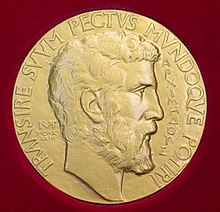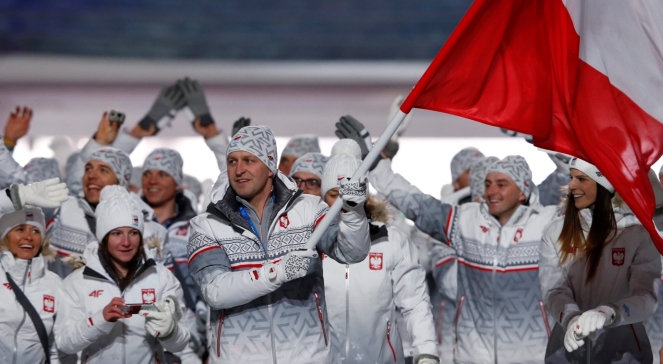Medal Fieldsa
The Fields Medal is an award given to two, three or four mathematicians below 40 age, at the International Congress at the International Mathematical Union (IMU), meet, which takes place every four years.

The Fields Medal is considered one of the highest decorations, what a mathematician can receive and has been designated as the Nobel Prize for Mathematician, although there are some key differences, including the frequency of granting, number of awards and age restrictions. According to the annual Academic Excellence Survey ARWU , The Fields Medal is consistently considered the highest mathematics award in the world, and in another reputation survey conducted by IREG in 2013-2014, The Fields Medal was shortly after the Abel Prize as the second most prestigious international math award.
The prize includes a cash prize, which from 2006 R. Totals 15 000 Canadian dollars. Nazwa nagrody jest na cześć kanadyjskiego matematyka Johna Charlesa Fieldsa . Fields odegrał kluczową rolę w ustalaniu nagrody, independently designing the medal and financing the monetary element.
The medal was first awarded in 1936 R. Finnish mathematician Lars Ahlfors and American mathematician Jesse Douglas , and from 1950 R. It is awarded every four years. Its purpose is to recognize and support junior maths researchers, who have made a significant contribution. W 2014 roku irańska matematyk Maryam Mirzakhani została pierwszą kobietą medalistką Fieldsa. W sumie sześćdziesiąt osób zostało odznaczonych Medalem Fieldsa.
The last group of Fields medalists received their awards 1 of August 2018 R. Podczas ceremonii otwarcia Międzynarodowego Kongresu IMU w Rio de Janeiro w Brazylii. Medal należący do jednego z czterech wspólnych zwycięzców, Cauchera Birkara, został skradziony wkrótce po imprezie. Kilka dni później ICM wręczyła Birkarowi medal zastępczy.








